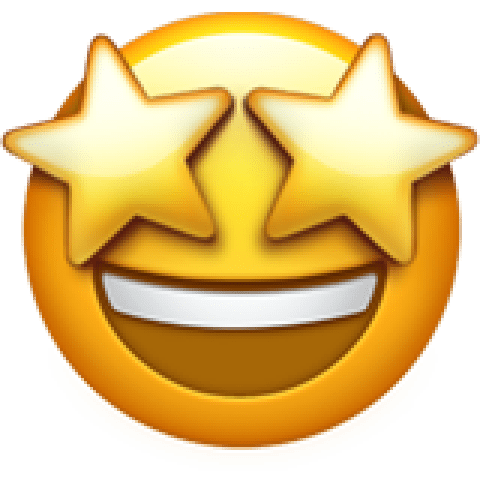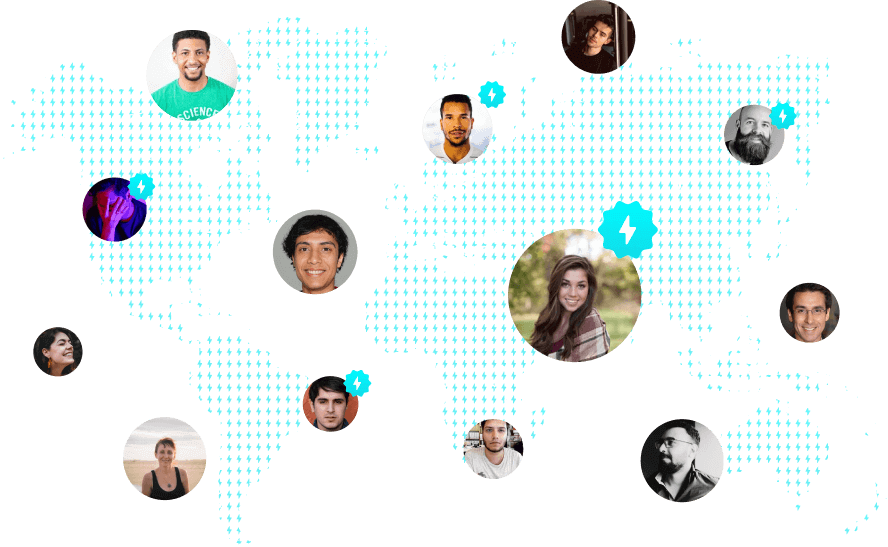Introduction to SEO-Optimized Blogging
Introduction to SEO-Optimized Blogging
To excel in the digital landscape, you must understand the basics of SEO. It's the practice of optimizing your content so that it ranks higher in search engine results pages (SERPs). This, in turn, drives organic traffic to your blog.
Keyword Research: The Foundation of SEO
Before typing a single word, conduct thorough keyword research. Identify relevant keywords and phrases that your target audience is searching for. Tools like Google Keyword Planner and SEMrush can be invaluable for this task.
Crafting the Perfect Headline (H1)
Your blog post's headline, or H1 tag, should be attention-grabbing and contain your primary keyword. It's the first thing readers see, so make it count.
Structuring Your Content with H2 Subheadings
H2 subheadings break your content into digestible sections. They also provide an excellent opportunity to incorporate secondary keywords.
Enhancing Readability with H3 Subheadings
H3 subheadings further structure your content, making it easy for readers to scan and find the information they need. They also help with long-tail keywords.
The Power of H4 Subheadings
Don't underestimate the importance of H4 subheadings. They can be used to emphasize key points within your content.
Quality Content: Your Ticket to SEO Success
Remember, SEO is not just about keywords and formatting. Your content must provide value to readers. Write in-depth, informative, and engaging articles that keep visitors coming back for more.
Optimizing Images and Multimedia
Images and multimedia enhance your blog post's appeal, but they should be optimized for SEO. Use descriptive file names and alt tags to make them search engine-friendly.
Internal and External Linking
Linking to other relevant pages on your website (internal linking) and authoritative external sources (external linking) can boost your SEO rankings.
Mobile Optimization Matters
With the majority of internet traffic coming from mobile devices, ensure your blog post is mobile-responsive for better SEO performance.
Page Loading Speed: A Crucial SEO Factor
A slow-loading page can deter visitors and harm your SEO rankings. Optimize your website's speed to keep readers engaged.
Social Sharing and Engagement
Encourage social sharing by including share buttons and creating content that resonates with your audience. Social signals can indirectly impact your SEO.
User Experience (UX) and SEO
A seamless user experience, including easy navigation and a clean layout, is crucial for SEO success.
Measuring Success with Analytics
Use tools like Google Analytics to track your blog's performance. Monitor your rankings, organic traffic, and user behavior to make data-driven improvements.
Conclusion: Your Roadmap to SEO Mastery
Incorporate these strategies into your blog post creation process, and you'll be well on your way to writing SEO-optimized content that ranks high on search engines and resonates with your audience.
29 Sep 2023







